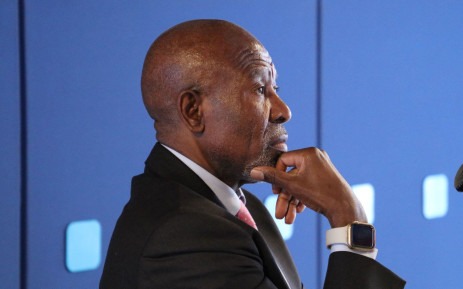In the complex landscape of South Africa’s economic scenario, the recent surge in inflation to 5.9% has stirred a discourse among economists regarding the impending decision on the repo rate. With the Consumer Price Inflation (CPI) nearing the upper threshold of the South African Reserve Bank’s (SARB) target band of 3% to 6%, the central bank faces a critical juncture in its monetary policy. This article delves into the factors driving the inflationary pressures, the potential implications for the repo rate, and the divergent views among economists as the nation grapples with economic uncertainties.
1. Inflationary Pressures and Target Range:
The rise in inflation, particularly to a five-month high of 5.9%, has brought the CPI uncomfortably close to the upper limit of the SARB’s target band. Traditionally, the central bank seeks to anchor inflation at the midpoint of this range. The question at hand is how the SARB will deploy its monetary policy instruments, especially the repo rate, to rein in inflation and maintain economic stability.
2. Drivers of Inflation:
A closer look at the factors contributing to the inflationary uptick reveals that food and transport inflation have played pivotal roles. The CPI for October surpassed expectations, signaling challenges in these key sectors. This underscores the intricate challenges facing the South African economy, where specific industries wield significant influence over inflation dynamics.
3. The Repo Rate Conundrum:
Economists are at odds regarding the appropriate response to the inflationary surge. While some anticipate a status quo in the repo rate, there are cautionary notes suggesting the potential need for tightening policy rates to curb inflation effectively. The repo rate, currently standing at 8.25%, plays a crucial role in shaping borrowing costs and overall economic conditions. The central question remains: Will the SARB opt for stability or take proactive measures to address inflation concerns?
4. Borrowing Costs and Economic Outlook:
Chief economist Annabel Bishop foresees a scenario where borrowing costs remain elevated for an extended period. While relief might be on the horizon in the coming year, uncertainties in the system prompt a conservative outlook. This cautious stance underscores the intricate balance policymakers must strike to foster economic growth while guarding against inflationary pressures.
5. Anticipating SARB’s Stance:
Despite expectations that the repo rate may remain unchanged, some economists, including Isaac Matshego from Nedbank, anticipate a hawkish tone from the Monetary Policy Committee (MPC). This inclination towards caution suggests a readiness to act if needed, leaving the door ajar for potential adjustments in response to evolving economic conditions. The delicate dance between maintaining economic stability and addressing inflationary risks requires a nuanced approach.
6. Current Prime Lending Rate and Economic Implications:
In tandem with the repo rate, the prime lending rate, currently at 11.75%, adds another layer to the economic landscape. The interplay between these rates influences borrowing, spending, and investment decisions, amplifying the significance of the SARB’s impending decision. As economists scrutinize the numbers and trends, the broader economic implications of the repo rate decision become increasingly evident.
As the South African Reserve Bank prepares to announce its latest rates, the nation stands at a crossroads, navigating the delicate balance between economic stability and inflation containment. The rise in inflation to 5.9% has heightened the stakes, prompting a careful examination of policy options. The repo rate, a linchpin in this economic machinery, holds the key to shaping borrowing costs and influencing broader economic trends. Economists may differ in their predictions, but one consensus emerges—the need for a cautious and strategic approach. The repo rate decision, in conjunction with the prime lending rate, will shape the trajectory of South Africa’s economic journey in the months to come. In this intricate dance between inflation and economic stability, the central bank’s decision carries far-reaching implications for businesses, consumers, and the nation’s economic resilience.









